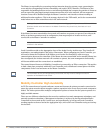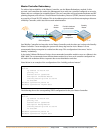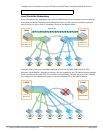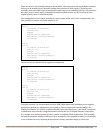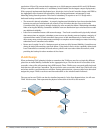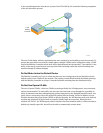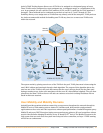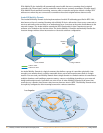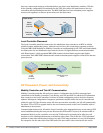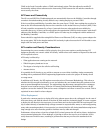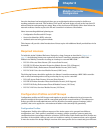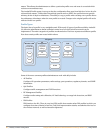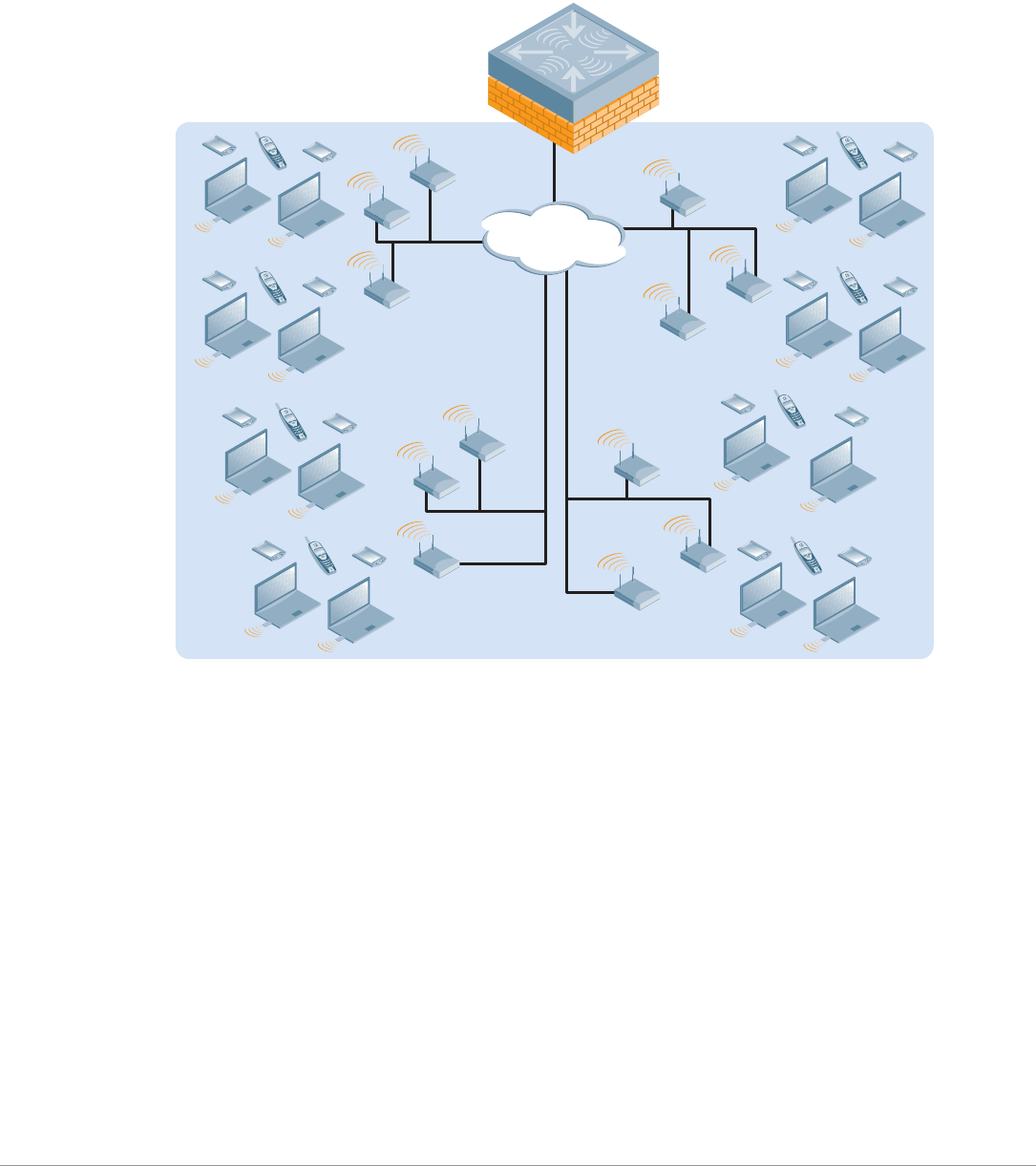
Campus Wireless Networks Validated Reference Design Version 3.3 | Design Guide Mobility Controller and Access Point Deployment | 31
Aruba’s VLAN Pooling feature allows a set of VLANs to be assigned to a designated group of users.
These VLANs can be configured as a non-contiguous set, a contiguous range, or a combination of the
two. As an example, the set could be VLAN numbers 10, 20, and 30. It could also be VLAN numbers 2
through 5. These methods can be combined to provide a set such as 3, 5, and 7 through 10. This
flexibility allows you to assign users to VLANs that may already exist in the enterprise. VLAN pools are
the Aruba recommended method for handling user VLANs any time two or more user VLANs exist
within the network.
The system works by placing users in one of the VLANs in the pool. VLAN placement is done using the
user’s MAC address and running it through a hash algorithm. The output of this algorithm places the
user into one of the VLANs in the pool and ensures that the user is always placed into the same pool
during a roaming event. As the user associates with the next AP, their address is hashed. They are then
placed into the same VLAN on the new AP and can continue to use their existing IP address with no
break in their user sessions.
User Mobility and Mobility Domains
ArubaOS provides seamless wireless connectivity as users move throughout the network through its
Mobile IP service. With roaming cutover times of 2-3 milliseconds, delay-sensitive and persistent
applications such as voice and video experience uninterrupted performance. ArubaOS integrates proxy
Mobile IP and proxy DHCP functions letting users roam between subnets, APs and controllers without
special client software bringing IP mobility to any IP based Wi-Fi
®
device. The Mobile IP system is the
only system that can scale once the system moves beyond a few controllers, as Layer 2 VLAN roaming
will be far too cumbersome.
arun_049
VLANs 10, 20, 30, 40
Mobility
controller




